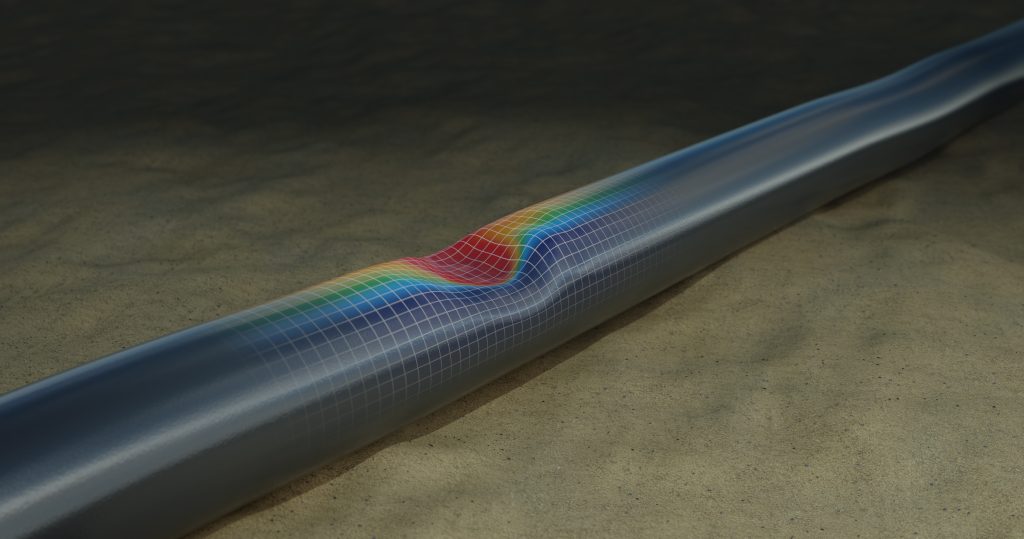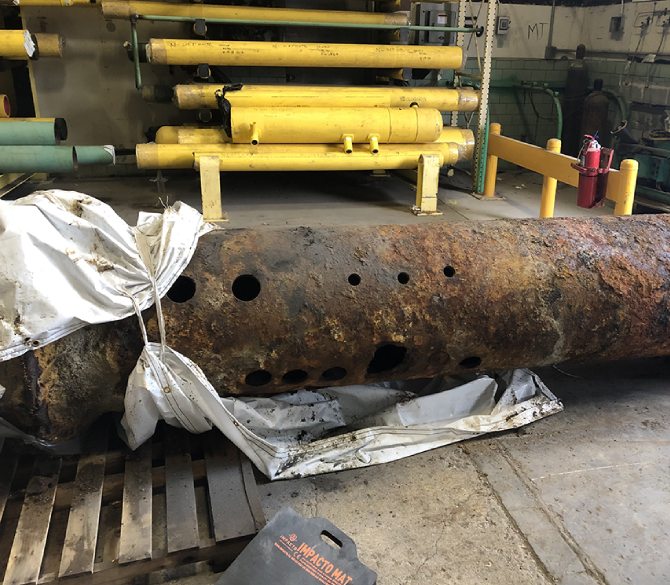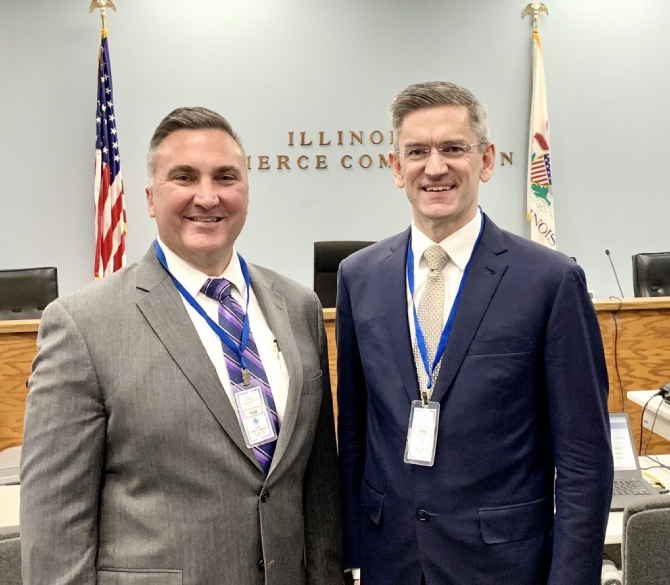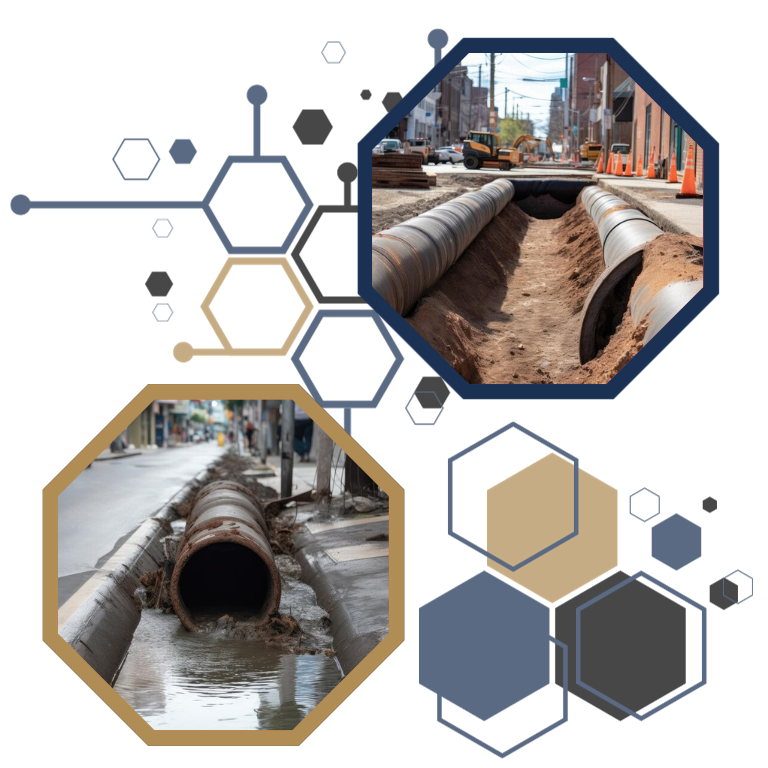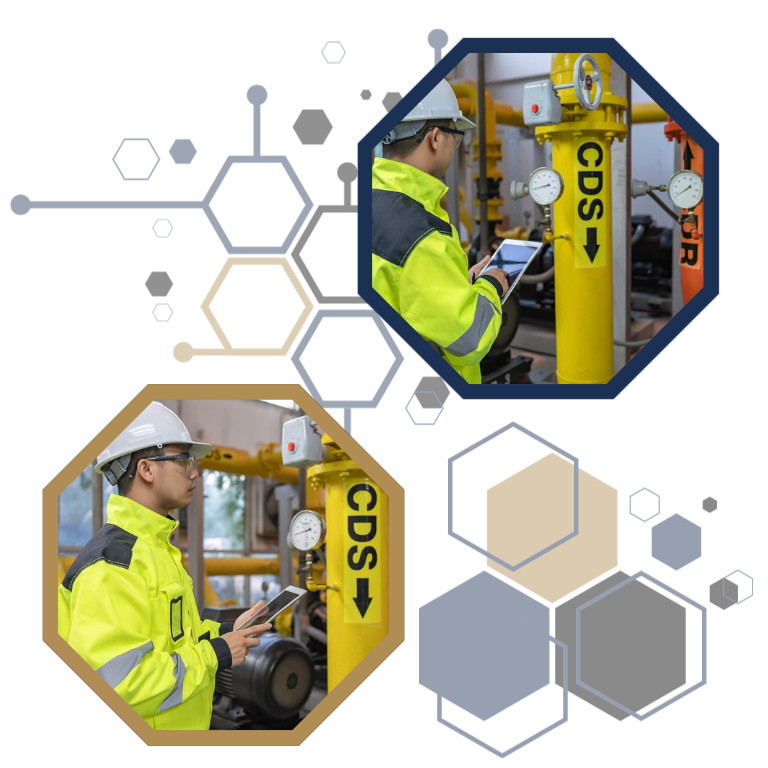Fatigue and Fracture Mechanics – Analysis
Pipeline Safety Amidst Defects Pipelines, even with the presence of corrosion defects and cracks, can operate safely. The critical task for operators is to distinguish between safe defects and those necessitating repair. We employ fundamental, regulatory-approved methods to determine the remaining strength of pipes affected by corrosion and cracking. Understanding Fatigue Failure Fatigue failure arises […]
Fatigue and Fracture Mechanics – Analysis Read More »


